Which rich countries’ economies will recover best from COVID-19 in 2021?
Post-COVID growth
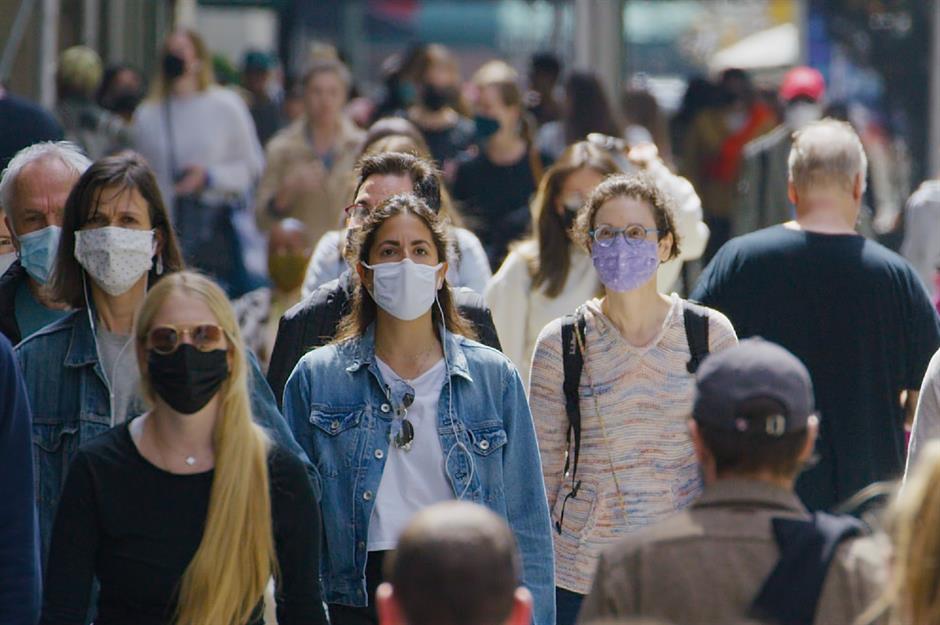
The COVID-19 pandemic hit the world's richest countries hard, resulting in millions of jobs lost and companies closing. However, as vaccination campaigns roll out and restrictions around the globe ease, we are beginning to see a slow and steady recovery. Using September 2021 forecasts from the the Organisation for Economic Co-operation and Development (OECD), read on as we look at which of the world's wealthiest countries it thinks are set to bounce back best.
Japan: 2.5% GDP growth forecast in 2021

GDP is only forecast to grow by 2.5% in Japan in 2021. The vaccination programme got off to a slow start in the country, only beginning in mid-February, and states of emergency have been declared twice. Decreased wages will slow down spending, but exports will improve due to the recovery of trading partners such as the USA and China. At the end of September 2021, Japan ended its second state of emergency thanks to increasing its number of vaccinations. About 60% of people in Japan have now received two vaccines, according to The Guardian, while future plans to support digitalisation and green growth should help the country make a strong and sustainable recovery.
Netherlands: 2.7%

Despite tough restrictions, the Netherlands battled a second wave of the virus in July, with cases rising to the highest they had been since December 2020. However, the vaccination programme has recently stepped up and the country is seeing fewer than 2,000 cases a day, down from over 13,000 at its peak. In May, the last time the OECD made a forecast for the country, GDP was projected to grow by 2.7% this year but unemployment levels are also expected to increase due to the phasing out of government support measures. However, the government is focusing on retraining and career counselling to help kickstart the recovery. Public investments, supported by Next Generation EU recovery funds, will focus on the move to green initiatives, helping the country meet its emission reduction targets. Spending will also play a key part in the recovery, with high-income households having more cash following restrictions.
Germany: 2.9%
According to the OECD's September interim report, GDP is predicted to grow by 2.9% in Germany in 2021. The country's manufacturing industry has remained strong due to global demand and export orders have exceeded pre-pandemic levels. However, virus outbreaks and ongoing lockdown measures have delayed recovery in the services sector. Retail sales in the first quarter of 2021 plummeted, but have since risen by 7.7%. The strong manufacturing sector will be a key factor in the country's economic growth. As restrictions ease and the service sector rebounds, GDP growth is likely to be strong in Q4 of 2021, continuing to rise to 4.6% in 2022.
Switzerland: 3.2%

A strong response from the Swiss government has supported employment and incomes during the pandemic. This support will continue throughout the rest of the year as unemployment remains a challenge. Switzerland also can't reach an agreement with the EU on market access, which could negatively impact trade, and there are challenges for the property industry too in terms of high prices and increasing numbers of empty homes. Again, high savings levels are set to lead to something of a spending boom. As uncertainty decreases, investments should rebound too. OECD figures from May predict that GDP in Switzerland will increase by 3.2% in 2021.
Austria: 3.4%

The tourism and hospitality sector in Austria was hit hard by the pandemic. Overnight stays in the country in January and February 2021 plummeted by 90% compared to the same time period in 2020. However, the manufacturing sector has grown thanks to a worldwide recovery in industrial production and an increase in global trade. If the hospitality and travel sectors can rebound, Austria is projected to reach pre-crisis levels of GDP by the end of 2022, according to the OECD's May predictions.
New Zealand: 3.5%
New Zealand is almost COVID-free due to the government's swift decision to close its borders, after a small outbreak that led to a seven-day average of under 70 cases a day in August. An increase in the minimum wage by 5.8% in April 2021 is set to boost spending, while house prices have risen by 24%. High export prices for food and strong trade with China have also supported economic growth and household incomes. However, other exports and tourism have been negatively impacted due to the strict border closure, but it's hoped they will recover by 2022. In May, New Zealand's GDP was projected to increase by 3.5% in 2021.
Portugal: 3.7%
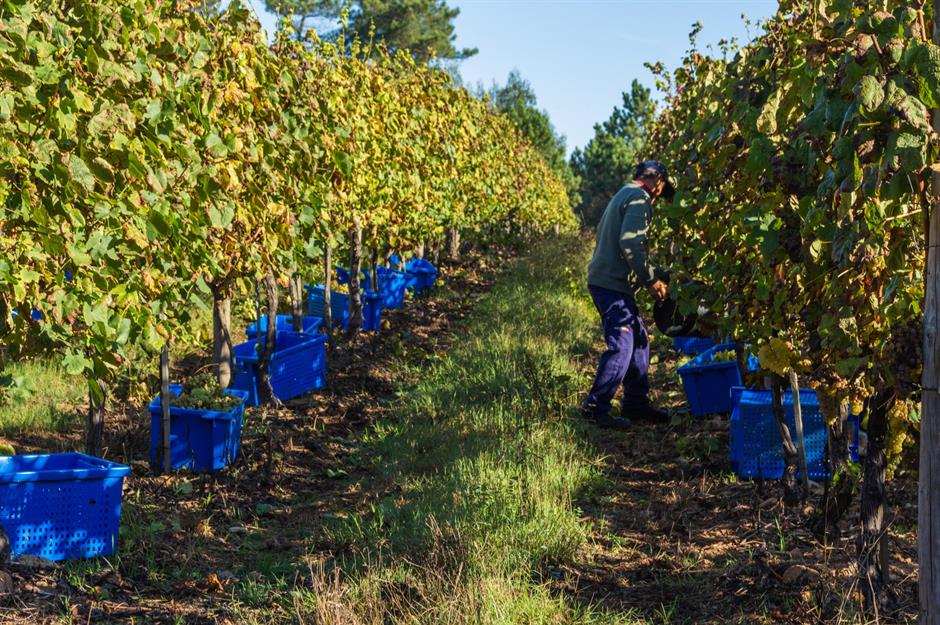
In early 2021, Portugal was hit hard by a third wave of COVID-19. Infections soared and hospitals were almost at capacity. However, May figures predicted that GDP would rise by 3.7% this year, supported by spending from household savings, a strong manufacturing sector, and EU funds that will help with investment and exports. The hospitality and tourism sector is also expected to make a slow and steady recovery as cases decrease and international travel resumes. New support measures were announced in March, including tax deferrals, grants for businesses in affected sectors, and extensions of employment support schemes until September 2021.
South Korea: 4%
Overseas demand for IT and automobile products boosted South Korean exports, but its services sector was hit hard by the pandemic. However, spending is gradually boosting the economy, with retail sales rising by 11% and online shopping sales rising by 26% in March 2021 compared to last year. According to Tech Monitor, the country invested $451 billion (£333bn) in semiconductor production in May, hoping to tackle the global chip shortage. Korean New Deal investments will also aid environmental and digital transitions to support economic growth. GDP is projected to increase by 4% in 2021 and 2.9% in 2022.
Australia: 4%
Driven by domestic demand, GDP in Australia is predicted to grow by 4% in 2021. As unemployment continues to decrease and incomes rise, spending is set to grow. Job vacancies soared at the beginning of the year, even in the hospitality sector, one of the most heavily impacted industries of the pandemic. The reliance on government support and wage subsidies is also dropping. On the downside, strict border closures have caused Australia's tourism industry to shrink by 10% in 2021, according to the Australian Bureau of Statistics. Exports such as coal have also decreased due to trade tensions with China, but iron ore exports remain strong and are aiding economic growth.
Ireland: 4.2%

Despite containment measures being imposed in early 2021 to curb the spread of COVID-19, OECD figures from May show GDP in Ireland is projected to grow by 4.2% in 2021. As the economy reopens, support for businesses and unemployment will be scaled back, but domestic spending is set to be strong. Exports of pharmaceuticals, medical goods, and ICT goods have continued to grow this year. Away from the pandemic, Brexit has also had an impact on trade, with a report for the Irish government claiming that "Brexit will have negative impacts on the Irish economy in all scenarios analysed."
South Africa: 4.6%
Economic growth in South Africa came to a halt in the early part of 2021 due to an outbreak of the Beta variant of COVID-19, however it's predicted to pick up in the second half of the year, rebounding by 4.6% overall in 2021. Commodity exports and spending as sectors reopen will play a key role in determining how much growth there will be. The agriculture sector has already recovered to pre-pandemic levels, aided by heavy rainfall. According to data from Statista, around 28.03% of the South African population had received at least one vaccine dose by 26 September 2021.
Canada: 5.4%
Due to reduced restrictions and a marked improvement in its vaccination programme, the economy in Canada should enjoy a strong rebound in the second half of 2021, with overall GDP growth for the year forecast at 5.4%. The labour market should improve, while government support for businesses and individuals most impacted by the pandemic will remain available so long as they're needed. These support measures include a CA$700 million ($553m/£408m) Jobs and Growth Fund to support the creation of regional jobs.
Italy: 5.9%
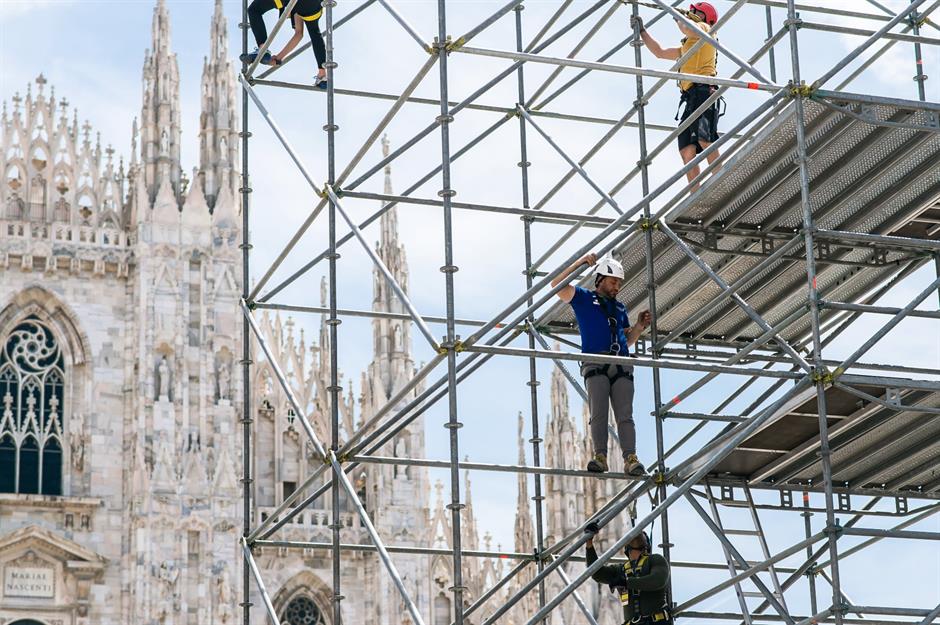
GDP is forecast to rise by 5.9% in Italy in 2021. Government support will boost growth in the latter half of the year by increasing manufacturing capacity, but will also raise public debt. Global growth will aid the rebound of the manufacturing industry, exports, and investments, while spending will rebound as restrictions are eased (it's still necessary to wear a mask in public indoor areas, but outdoor mask wearing has recently been relaxed). The Italian government's budget aims to promote growth through green and digital initiatives, in part through Next Generation EU funds.
United States: 6%

Government support and a strong vaccination campaign have aided the recovery in America, although there are concerns that vaccine rates have stagnated at around 50% in some states, particularly amongst men. GDP is projected to grow by 6% in 2021. The unemployment rate will continue to fall and wages will rise, boosting spending. Though core price inflation is set to rise, the OECD believes it should remain manageable. As the economy recovers, there will be a focus on improving education, employment prospects, and reducing high levels of carbon emissions.
Mexico: 6.3%
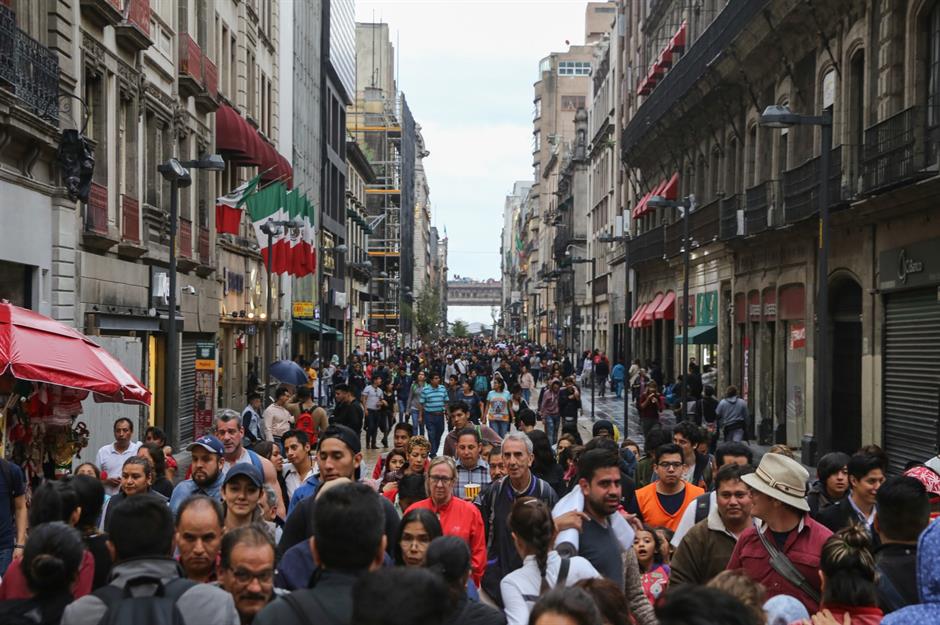
Economic growth is forecast to rise by 6.3% in Mexico in 2021, driven by manufacturing exports aided by a strong recovery in the US. However, there are still plenty of challenging issues. Inflation increased in the first half of 2021 due to high energy prices. The pandemic has also widened the poverty and gender inequality gaps, while investment is 13% below pre-pandemic levels and almost 550,000 jobs have been lost. Accelerating vaccinations and boosting private investments is key to supporting a strong recovery. According to Our World in Data, almost 80% of Mexicans have received at least one vaccination dose as of 27 September 2021.
France: 6.3%

GDP is forecast to rebound by 6.3% in France in 2021 as government support schemes are slowly unwound. High levels of savings due to lockdowns are set to boost spending, and global growth will increase exports. The Next Generation EU plans will also help finance measures as France is set to receive €40 billion ($47bn/£34.6bn) of European grants to be spent over two years. In 2022, the OECD predicts that will lead to GDP growth of 4%.
Spain: 6.8%
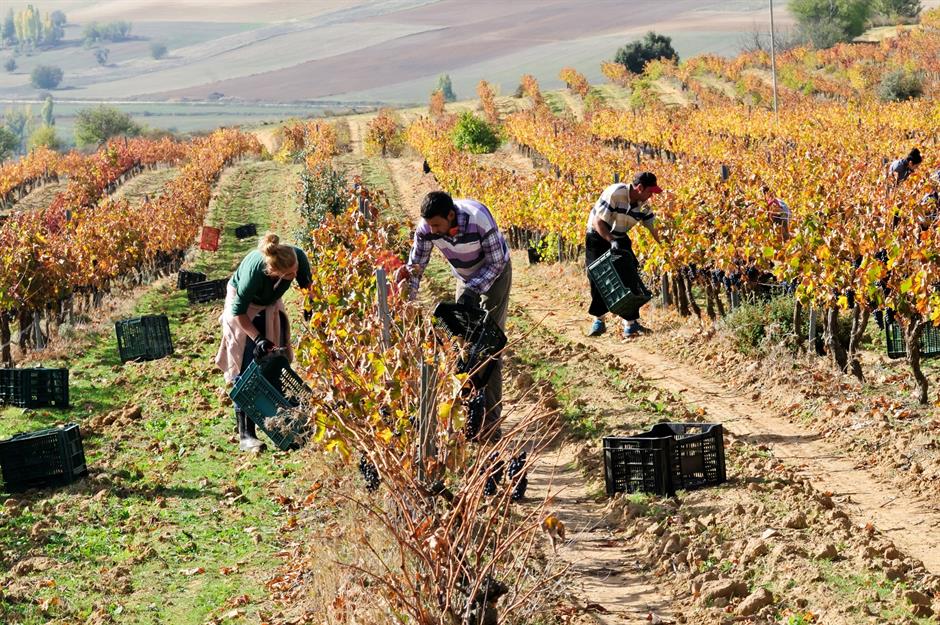
GDP in Spain is projected to rise by 6.8% in 2021. This will be aided by growth in spending and the rebound of the tourism industry, which shrunk by a whopping 70% in 2020. Investments will improve, again aided by support from the Next Generation EU fund. The national recovery plans set out to limit job losses, with support to businesses and workers in the most impacted sectors remaining in place for the rest of 2021.
UK: 6.7%
The UK is projected to see strong GDP growth of 6.7% in 2021. As restrictions ease and vaccination rollouts continue, that growth will be supported by a rebound of pent-up spending, particularly in the services sector. Yet the impact of Brexit will negatively impact foreign trade and unemployment is set to peak at the end of 2021 due to the withdrawal of government support schemes. Inflation is also set to increase, with OECD data suggesting levels could reach 2.34% by the end of the year. That's 0.34% higher than government targets. As the economy recovers, public investments will target areas such as greenhouse gas reduction and improving digital infrastructure.
China: 8.5%
The OECD believes GDP will grow by 8.5% in China in 2021, with investment playing a critical role in growth. Exports will remain strong as infrastructure projects resume. Government support will begin to scale back in 2021 as recovery in most sectors is forecast to be robust. Spending will be slower to recover, however it's likely to rise as vaccinations increase. (In June 2021, it was announced that over one billion vaccination doses had been administered throughout the country). As the economy strengthens, the OECD says government investment should prioritise decarbonisation and renewable energy. Its current energy crisis, due to a shortage of coal, only underlines this and could derail its post-pandemic economic growth.
Now take a look at some megaprojects set to change countries forever
Comments
Be the first to comment
Do you want to comment on this article? You need to be signed in for this feature